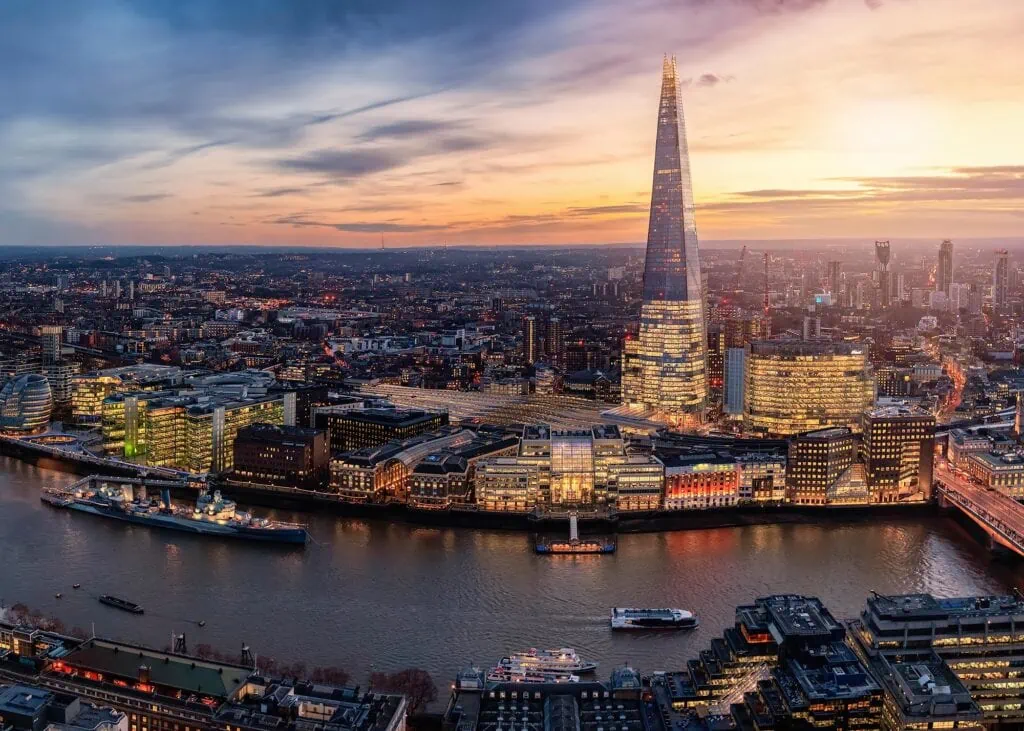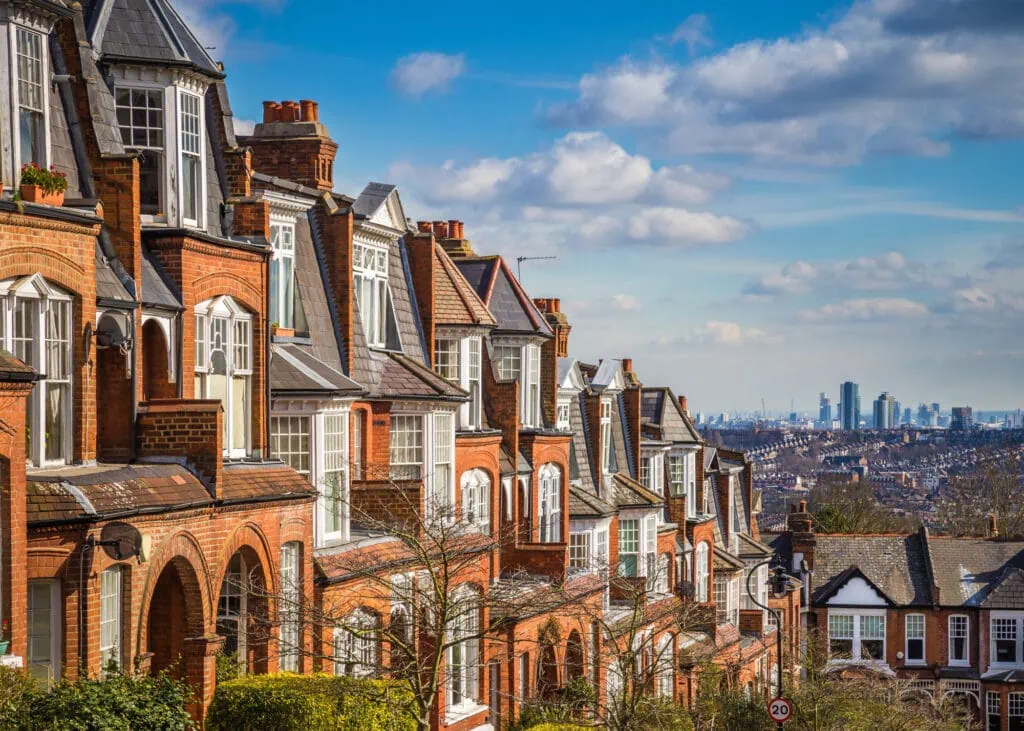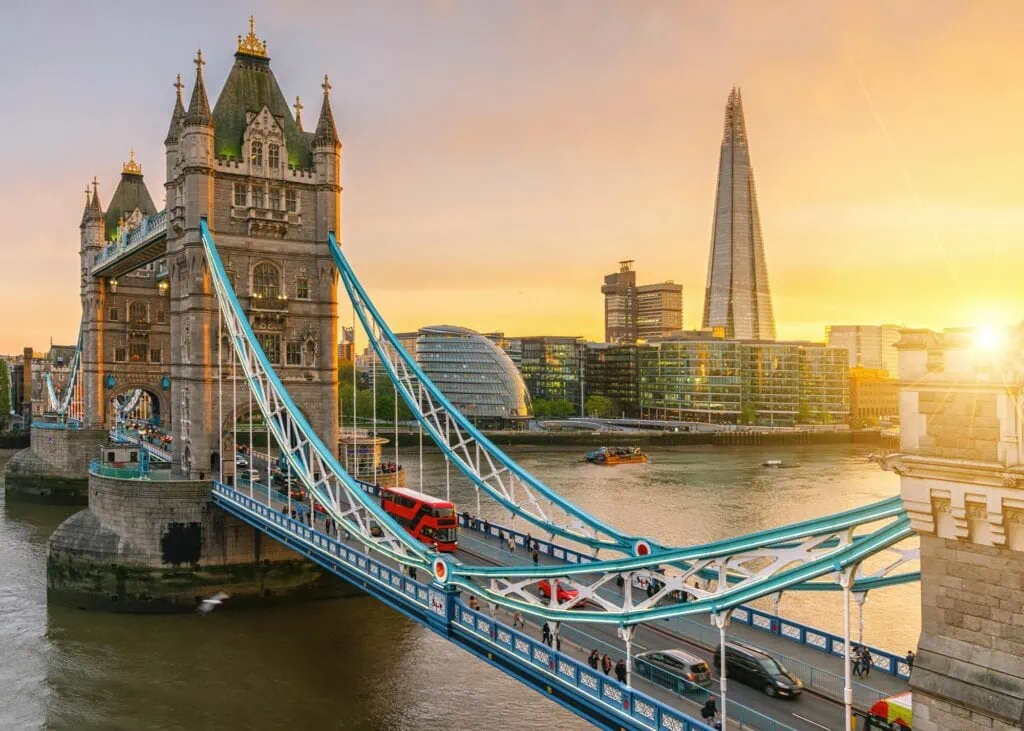The London Housing Market Report found that private rents are rising strongly while UK house prices appear to be stabilising. Although this is a generally positive message for existing London investors as they can expect higher rental returns and are likely to see some long-term capital growth, the report acknowledged that both rent and price growth are stronger in other regions.
In fact, according to Rightmove’s quarterly Rental Trends Tracker, rents are rising across Britain at the fastest rate ever recorded by Rightmove, now up 8.6% annually outside of London. The same report revealed that the capital’s rental growth was up by just 2.7%.
Paired with the fact that London’s house prices are over double the average house prices in Manchester, Birmingham and Leeds, it is no surprise that many buyers have turned to these regional cities to achieve the highest possible growth from UK property investment.
“Despite the traditional summer holiday lull, fierce competition continues among buyers for the record low number of available properties for sale,” said Tim Bannister of Rightmove. “Buyer demand per property for sale is more than double that of pre-pandemic levels.”

How the pandemic has affected the London Housing Market
Despite the unprecedented shock to the global economy, UK property has remained one of the most stable asset classes, recovering quickly to exceed pre-pandemic levels. But how did the pandemic affect the London housing market?
House price growth
While national lockdowns cut Gross Domestic Product (GDP) by 10%, London house prices soared – a very unusual phenomenon in global recessions. By comparison, house prices fell by 17.8% following the 2008 global financial crisis as homeowners sold their properties as quickly and cheaply as possible. In COVID-19’s case, house prices rose by more than 7% in the year to the end of August 2021, exacerbating London’s affordability crisis. This was largely driven by the stamp duty holiday and demand from people looking to move house during the pandemic, as explored in the next point.
People are expecting more from their homes than ever before
Spending more time than ever before in our homes has led to a growing trend of people expecting more from them. JLL found in their residential report that since the pandemic, the top three tenant priorities are strong broadband connection, access to outdoor space and larger living areas. While London has a healthier supply and demand imbalance than other cities such as Birmingham or Manchester for example, the capital lacks purpose-built apartments with the quality and desired amenities today’s tenants are looking for. This has driven a trend of people leaving London for a better quality of life in regional cities for a lower cost.
Remote working has driven a change in tenant behaviour
With more office workers than ever working from home, or at least most companies embracing a mix of home and office working, there is less of a need for Londoners to maintain a commutable distance to the office. This is something Select Property Group has seen first-hand as residents have moved into our Manchester developments from London during the pandemic for a better, lower-cost quality of life.
This trend is expected to increase further with the introduction of high-speed network railway, High-Speed 2 (HS2), as the distance from London to Manchester, Birmingham and Leeds will be of commutable distance – in some cases almost cutting the travel time in half.
Less demand from overseas investors
Historically, London has always been the investment city of choice in the UK, especially when it comes to international investors. In fact, international buyers make up around 50% of all property purchases – half of these living in the UK. However, despite real estate transforming into a largely virtual sector throughout the pandemic, Knight Frank reported that appetite from overseas investors has been impacted as travel restrictions have prevented them from viewing a property in person. These buyers also had fears about the impact of lockdowns and travel bans on tenant demand due to an enforced lifestyle change.

A Savills survey in April 2020 revealed:
- 39% of those aged under 50-years-old now have a desire to move to a bigger living space following lockdown
- Having greater access to outdoor space has become more important to those under the age of 40-years-old
- The uplift in working from home has further underlined the importance of good Wi-Fi access
All of these features are synonymous with the type of build-to-rent residential projects that developers – such as Select Property Group – are building in UK city centres.
These are also qualities that will become the norm for UK tenants. Data from the Guild of Property Professionals suggests that over two-thirds of UK workers will now be working from home on a permanent basis.
UK Build-to-Rent is a Future-Proof Investment
Build-to-rent was already becoming the strongest residential proposition in the UK. One just at the very start of an exciting cycle of growth.
It’s been the natural move for global investors, too. Here at Select Property Group, our clients based in our key international territories – including the GCC and Southeast Asia – are already familiar with some of build-to-rent’s key fundamentals:
- City centre developments
- Large apartments
- Amenities such as gyms and swimming pools
This, coupled with an increasing number of tenants now likely to be drawn to build-to-rent’s qualities, means it’s one of the strongest long-term investments you can make.

Is buying a London property a good idea?
There are many benefits of investing in London – an incredible capital city with a world-renowned business district, major attractions and a tourist population of 30 million people per year. London will always be a popular investment location, but is it the most lucrative?
Postcodes in North East London have taken the top spot in London for rental yields, with London boroughs such as Barking and Dagenham, Tower Hamlets and Redbridge gaining recognition for their mass regeneration and strong growth. But there is no doubt that other UK cities are still generating higher yields and stronger capital growth than London.
In particular, the Northern cities of Manchester and Leeds are increasingly popular investment choices for both domestic and international investors, not forgetting the UK’s second city by size and population in the heart of the Midlands, Birmingham, which is at the start of an exciting growth curve.
Let’s take a look at the average rental yields in each region, demonstrating a key reason why investors are turning away from London:
| Region | Average Yield |
| London | 2.83% |
| West Midlands (Birmingham) | 3.85% |
| North West (Manchester) | 4.69% |
| Yorkshire & The Humber (Leeds) | 4.56% |
We compared the rental yields of one of our purpose-built premium properties, Affinity Living Riverside in Manchester, with a similar property in Mayfair, London:
Affinity Living Riverside, Manchester
2-bedroom apartment average price – GBP 342,000
Average rent – GBP 1,705 per month
Average annual gross rental yield – 6%
Similar development in Mayfair, London (Zone 1)
2-bedroom apartment average price – GBP 1,150,000
Average rent – GBP 2,817 per month
Average annual gross rental yield – 2.9%
With a 3.1% difference between average rental yields in each city for a similar rental property, it is no surprise that domestic and international buyers are reconsidering investment in the capital.
Whilst London will always be a popular investment location, synonymous with quintessential British living, the growing trend of investors looking to other UK cities to maximise their returns is here to stay. For more affluent buyers looking to purchase a property for a mix of rental and live-in purposes, London is an excellent choice. But as Birmingham and Manchester gain increasing recognition for their thriving economies, growing business districts attracting world-class talent, and celebration of multiculturalism, it is certainly worth considering these cities for both investment and lifestyle purposes.
At Select Property Group, our diverse range of investment opportunities in the UK’s best investment cities, are built to deliver you strong and consistent returns. Get in touch with of our property investment consultants today for a conversation about your property preferences.